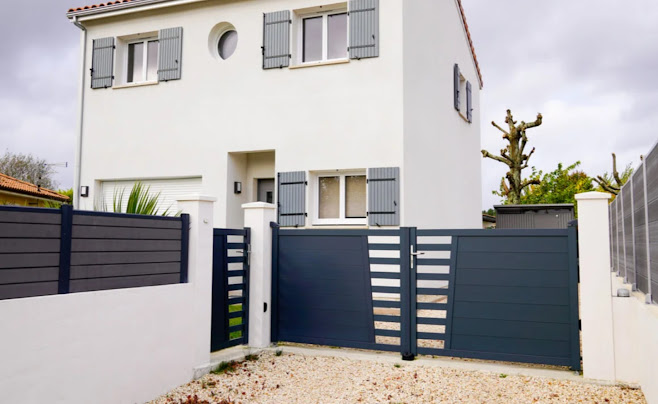Guide to Designing and Installing Custom Driveway Gates
Designing and installing custom driveway gates is a complex task that demands careful planning and execution. Choosing the right materials is just the first step; the decision between wrought iron, wood, or aluminum influences not only the gate's visual appeal but also its strength and maintenance requirements. Additionally, aligning the gate's design with existing architectural features and landscaping boosts both functionality and visual coherence. As we delve into the details of mechanical and automatic gate systems, think about how each choice fits with your security needs and lifestyle. Let’s explore the essential steps to transform your entrance into a secure and inviting space.
Selecting Your Gate Design
When it comes to selecting your gate design, it’s crucial to balance aesthetic appeal with functional requirements. This choice connects with broader community themes and personal identity, ensuring that the gate not only secures your property but also blends seamlessly with the neighborhood's architectural style.
Material selection is vital; options range from wrought iron, which offers durability and detailed designs, to wood, providing a classic and inviting look, and aluminum, known for its lightweight and rust-resistant qualities. Each material comes with its own benefits related to maintenance, longevity, and cost, addressing different homeowner priorities and local conditions.
Moreover, the operational mechanism—be it swing, slide, or cantilever—should be chosen based on your driveway’s length, slope, and surface. Swing gates require ample space to operate, making them ideal for flat, expansive driveways, while sliding gates are better suited for tight spaces or steep inclines.
Incorporating technology boosts functionality: automated openers, intercom systems, and security features like CCTV integration are essential for enhancing usability and safety. These components should be integrated into the design to ensure they complement the aesthetic, creating a cohesive entrance strategy for your property.
https://medium.com/@postgatechick/unique-design-ideas-for-custom-driveway-gates-7f9c1ca3bbdc
Installation Process Steps
The installation of custom driveway gates involves a meticulous process, starting with a site assessment to confirm compatibility between the selected gate system and your existing driveway layout. After completing preliminary checks, the next step is to mark the precise locations for the gate posts, which is crucial for maintaining the gate’s structural integrity and alignment.
Once the site is marked, excavation for the gate posts commences. The depth and width of the holes must adequately support the gate's weight and operational stress. After placing the posts in concrete, allow sufficient time for curing to ensure they are firmly anchored.
The next phase is assembling the gate framework, which includes attaching the rails, panels, and decorative elements chosen to enhance both security and aesthetic appeal. The precision in welding and joining components is critical, as it directly affects the gate's durability and functionality.


Comments
Post a Comment